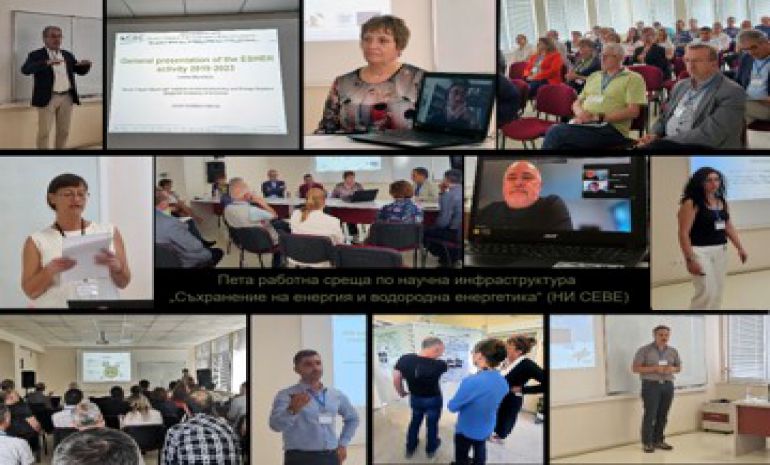- Bulgaria-Italy-Spain supercapacitors



Carbon xerogels with improved characteristics as electrode martials for solid-state supercapacitors
L. Soserov*, B. Karamanova, S. Veleva, B. Mladenova, A. Stoyanova
Institute of Electrochemistry and Energy Systems – Bulgarian Academy of Sciences
Recently, supercapacitors are rapidly attracting more and more attention as an energy storage devices due to their unique properties, such as long-life cycle and high-power density. However, there are still some challenges and obstacles in these systems, such as relatively inadequate energy density and high production cost. In general, the characteristics of supercapacitors are determined by the structural and electrochemical properties of the electrode. Activated carbon is one of the most versatile materials for this application due to its desirable pore sizes and their higher specific surface area compared to other carbon materials.
The present study reveals the performance characteristics of carbon xerogels synthesized by different techniques and under different conditions in symmetric and hybrid solid-state supercapacitors with commercial AquavionTM E87-05S membrane. The obtained carbons were characterized by various physicochemical and electrochemical methods and conclusions were made about the effect of their microstructure on the supercapacitor’s performance. Hybrid systems based on a composite of carbon xerogel and α-MnO2 synthesized by the co-precipitation technique were also assembled, which showed higher energy densities compared to the symmetric ones.
Eco-friendly electrode materials for supercapacitor application
B. Mladenova*, M. Dimitrova, A. Stoyаnova
Institute of Electrochemistry and Energy Systems, Bulgarian Academy of Sciences
One of the global problems facing modern society is climate change and the rapid depletion of naturalresources, which necessitates an increased demand for cheaper and more environmentally friendly energy. Because of this, there has been considerable interest in supercapacitors in recent years. These are devices that have remarkable features such as high current density, long cycle life, and others.
In this study are presented results of research carried out on the synthesis of green MnO2 using plant extracts from Calendula officinalis or Tilia cordata. The obtained materials were tested as electrodes in asymmetric solid-state supercapacitors. A commercial Aquivion®E87-05S membrane activated with Na2SO4 was used as electrolyte. All studied materials were structurally and morphologically characterized by using UV-Vis spectrophotometry, transmission electron microscope (TEM), X-ray diffraction (XRD) and Brunauer-Emmett-Teller (BET) methods. The supercapacitor cells were investigated electrochemically by galvanostatic charge/discharge tests and cyclic voltammetry. The synthesized MnO2 of Calendula officinalis was found to exhibit very good capacitive behavior, high energy density and stability, and is a suitable electrode material for the development of an eco-friendly solid-state supercapacito
Acknowledgments: The authors are kindly acknowledged for financial support to the Ministry of Education and Science of Bulgaria through project "Twinning cooperation for boosting excellence in electrochemical energy storage on the platform of supercapacitors (BIScapcs)", № DO1-286 / 07.10.2020. The equipment used at the research are provided by the National Roadmap for Research Infrastructure 2017-2023 “Energy storage and hydrogen energetics (ESHER)”, approved by DCM No 354/29.08.2017 under Grant Agreement DО1-160/28.08.2018.